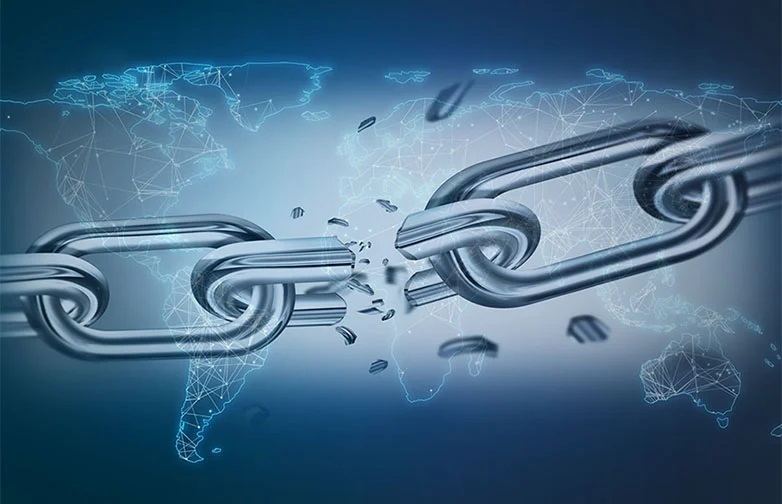The aluminium industry is a bedrock of modern manufacturing and infrastructure. Everything from automobiles to electronics to green energy to humble soda cans depends on this metal. However, geopolitical crises are disrupting this market.
These crises include the Russia-Ukraine conflict, the Red Sea Shipping crisis, rising tensions in the South China Sea, protectionism, and many more. These events send shockwaves through global supply chains and harm global prices, production, and trade.
The Russia-Ukraine crisis and European aluminium supply
Meanwhile, Western European nations like Germany relied heavily on Russian aluminium imports to meet domestic demand. Thus, they are now facing supply shortages and high prices. With Europe already grappling with an energy crisis and recession, the disruption in aluminium adds even more stress to the region’s industry.
Russia produced around 3.76 million tonnes of aluminium in 2021, a major portion of the global supply. The European Union relies heavily on imports to meet its needs. However, geopolitical, and logistical issues have negatively affected Russia’s aluminium production, resulting in a drop in European production.
Impact on trade and supply chains
These flashpoints have created an intricate maze of sanctions, tariffs, and quotas, disrupted the established routes, and created uncertainty. Trade wars between the major producing countries—the USA, China, Russia, and Europe—have affected the market and created both opportunities and risks.
Another new, rising trend is resource nationalism. This is characterised by governments increasing control over their natural resources. It is completely reshaping the aluminium supply chain, with implications for mining regulations, taxation, and trade. In many countries, governments are trying to increase their control over bauxite deposits. This is harming the economics of aluminium production and trade.
Rising costs and supply chain risks
Rising shipping costs, driven by security threats in key shipping lanes, add to the challenges. Delays in shipments due to vessel rerouting are disrupting supply chains, leading to higher transport costs and insurance rates. The disruption of the Red Sea routes and the threats in the South China Sea are compounding this and straining the aluminium supply chain.
According to the UNCTAD Secretariat, the outlook is worrying. The ClarkSea Index, which tracks shipping costs across all markets, has sharply increased shipping rates. The rates went from around $30,000 per 40-foot container at the end of January 2022 to over $40,000. These cost hikes are, in turn, impacting the prices of raw materials and finished products.
Price volatility and market outlook
All these tensions have caused considerable price volatility in the market. Sudden price spikes caused by supply chains breaking up and new consumption patterns are creating uncertainty, which has negatively affected producers, traders, and consumers alike.
Data from the London Metals Exchange (LME) shows that the price of a three-month aluminium contract peaked at a record $4,000 per tonne in early March 2022. Compare this to the monthly average of $3,224 in February of the same year. While recent price changes have corrected the market somewhat, the long-term outlook is still uncertain.
Adapting to uncertain times
In response to these challenges, companies are adopting new strategies. This is an attempt to mitigate risks and ensure supply chain resilience. Diversifying suppliers, investing in recycling infrastructure, and exploring alternative materials are among the measures being pursued.
According to industry reports, major producers such as Rio Tinto, Alcoa, and Norsk Hydro have invested in secondary (recycled) aluminium as a less expensive option. These are aimed at reducing the demand for primary aluminium and alleviating supply pressure.
Geopolitical challenges may continue to affect the world, posing pressures on the aluminium industry. Ensuring price stability and trade continuity might become more complex. However, the industry can thrive in this evolving landscape by embracing innovation, forming strategic alliances, and engaging in proactive planning. This approach will help the aluminium sector adapt and flourish in the face of changing circumstances.


